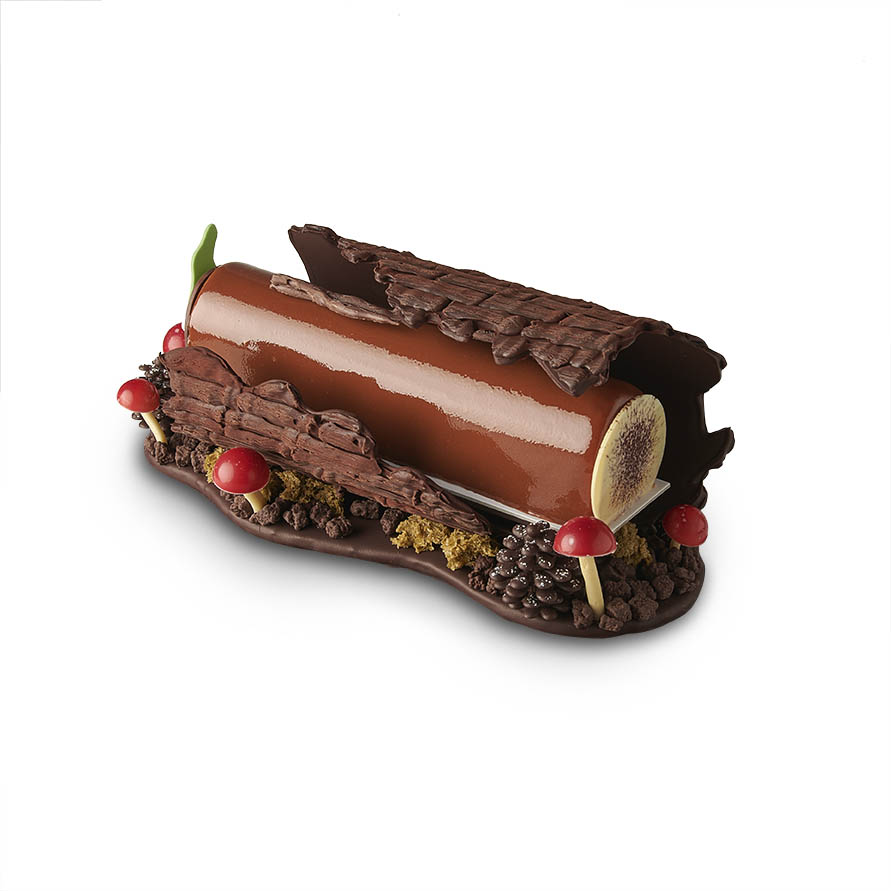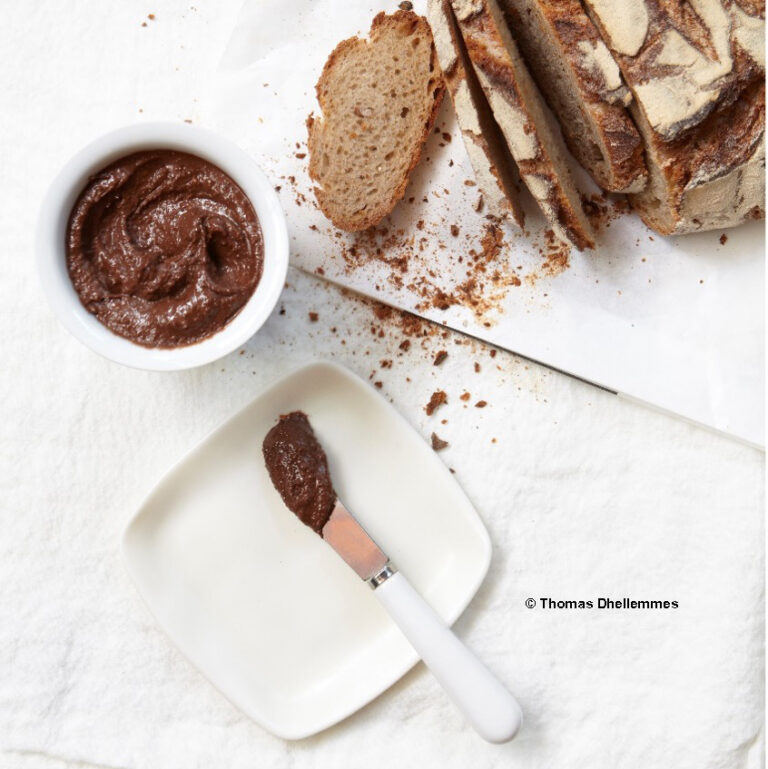Where does this tradition come from ?
Take a look back through History… More than 2000 years ago…
At the time, before Christianity, the Frankish people were polytheists. They venerated several gods. Their pagan practices honoured the gods all year round in order to obtain protection and abundance.
During the winter solstice, that is to say the longest day of the year (21 December), they celebrated the beginning of a new year by burning a huge log, that was supposed to burn for at least 3 days. This celebration, called Yule, gathered a whole household, or even an entire village.
The remaining cinders from the log were then scattered around the houses in the village, as a sign of protection against evil spirits.
The “log” was often a piece of tree trunk. It was carved, decorated and placed in the hearth, according to different rituals, depending on the region.
The disappearance of pagan celebrations
During the Middle Ages, the Catholic Church gradually took over pagan celebrations and related them to gospel events, to turn them into Christian celebrations. The Yule celebration, for instance, was related to the birth of Jesus, as a symbol of rebirth in the heart of winter. The log-burning ritual is preserved, with the aim that burning lasts until the Epiphany (12 days).
Memories from the Middle Ages indicate that the trunk should ideally come from a fruit tree (as a symbol of abundance) or from an oak tree (as a symbol of power).
This tradition endured for a very long time. Parents sometimes hid dried fruits or sweet treats at the ends of the log so that the children could discover them… these were the very first Christmas gifts…

The dessert creation
When wood-burning stoves replaced fireplaces, the tradition was gradually lost. Nevertheless, some people got into the habit of putting a small log on the Christmas table, as a reminder of this ancestral ritual. This is how, thanks to the inventiveness of a pastry chef, the unmissable dessert of Christmas celebrations was born, in the 19th century.
Some people attribute this creation to Felix Bonnat in 1860 in Lyon, while others believe it was created by a pastry chef in St Germain des Près in 1830, or by an ice-cream maker in Monaco during the 1890s. It is very likely that several pastry chefs were inspired by the same idea, for our great pleasure.
Traditionally, the log was a rolled biscuit, filled and covered with buttercream, decorated in a way to imitate the striations of the bark and closely reproduce the idea of the log, that our ancestors burned in the heart of winter.
The tradition remains unchanged: the log is still a symbol of convivial moments, of sharing and joy.


